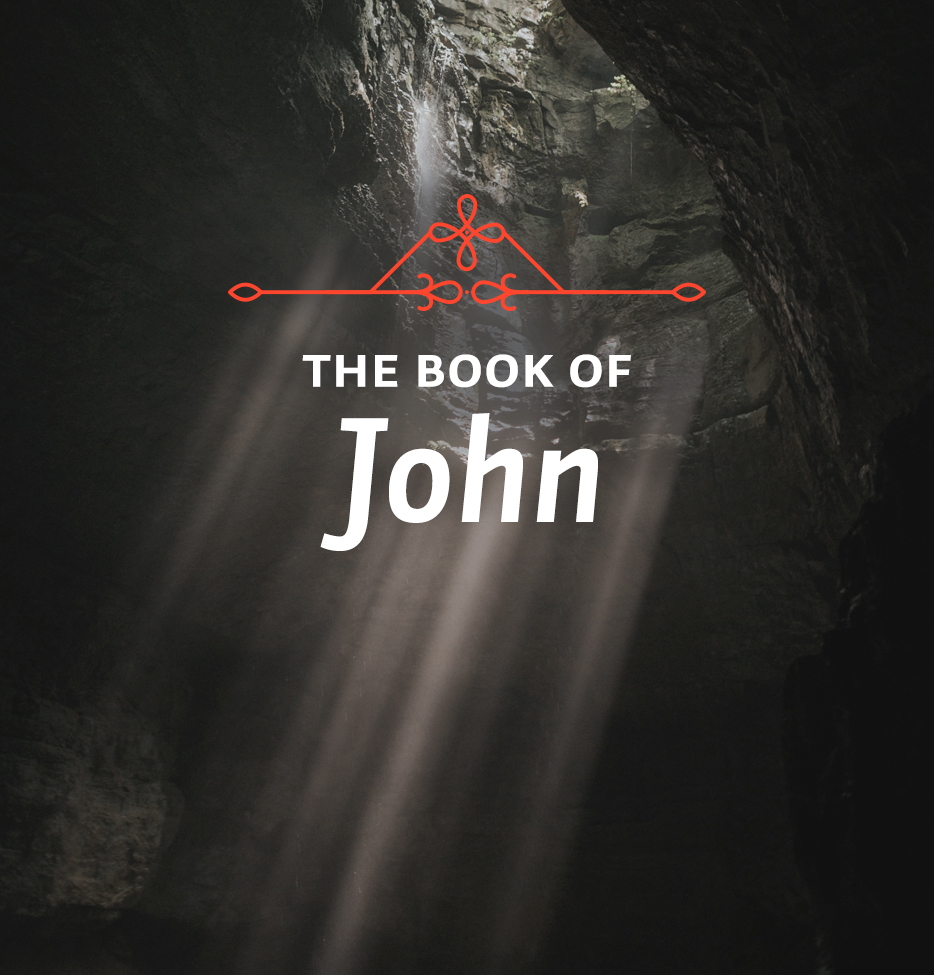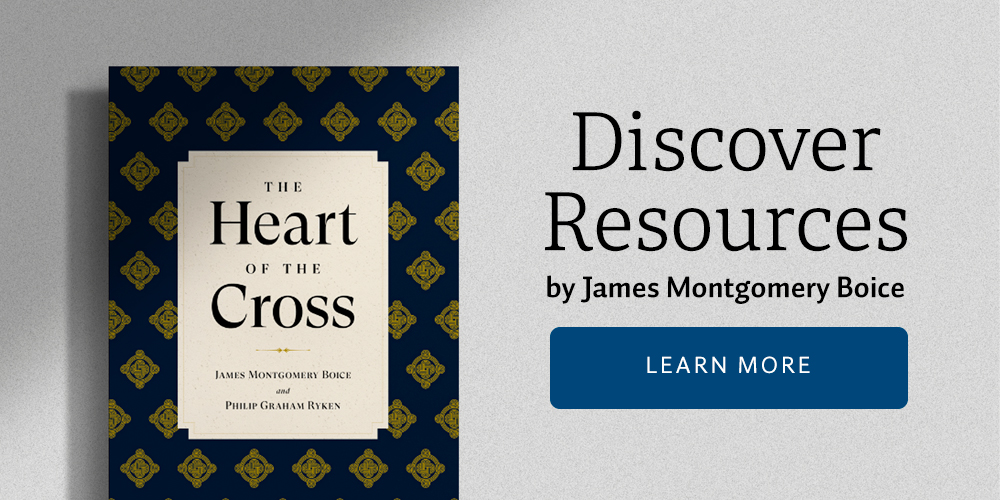Theme: Mary’s Sorrow Turned to Joy
In this week’s lessons, we look at another story unique to John’s Gospel, and see what important truths are illustrated for us in Jesus’ encounter with Mary Magdalene after his resurrection.
Scripture: John 20:1-18
Mary was not looking for a resurrection. She had been there witnessing the crucifixion, and when Jesus died, there was no doubt at all in her mind that everything was over. Whatever faith she had in Jesus as the Messiah died in that instant. Well, she loved him, of course, but she no longer believed that he was the Messiah who was going to deliver Israel. And not only that. Hope died too, because what the Emmaus disciples said was true of them all. They had said, “We had hoped that it was he who should have delivered Israel.” But even though Mary’s faith and hope had died, her love for him because of what he had done for her had not died. Mary was really demonstrating what Paul would go on to write in 1 Corinthians 13: “And now these three remain: faith, hope and love. But the greatest of these is love.”
Let’s look at what happens in detail. We’re told in verse 11 that she stood outside the tomb, and she was crying. Now she was probably crying all weekend, throughout Jesus’ arrest, trial, betrayal by the crowd, crucifixion and death. Here’s a picture of a woman who’s greatly distressed. And not only that, she’s exhausted too. Because, you see, she had already been doing a great deal that morning. She had risen early and made her way out to the garden tomb. She’d been sent back, running into the city to find Peter and John. Then she had made her way back to the garden once again, perhaps running again, weeping, and emotionally drained.
We find something else about her, too. She’s not even thinking clearly. After the angels ask her in verse 13 why she is crying, she answers that it is because they’ve taken her Lord away, and she didn’t know where. She’s not thinking of a risen Lord; she’s thinking of a body. Here is where we see that she is so distracted and upset, she is not thinking clearly. She turns around, and there’s Jesus, standing behind her. But she didn’t realize it was Jesus. He said to her, “Woman, why are you crying? Who is it you’re looking for?” And, you see, she’s still thinking the same thing. She says, “If you have carried him away, tell me where you’ve put him and I will get him.” So great is her love for Jesus that she thinks she is going to carry a body, with an additional 75 pounds of spices added.
Now at this point we have the most poignant moment of all, because something interesting has happened. She’s been looking in the tomb. Then she turns around and sees Jesus, and he says, “Why are you crying? Who is it you’re looking for?” She answers him, “If you’ve carried him away, tell me where you’ve put him.” Now Jesus is going to say in verse 16, “Mary.” But what we’re going to find out in the same verse is that she turned toward him. Now you would think that she was already looking toward him, but actually what that indicates is that after she had answered him, “Sir, if you’ve carried him away, tell me where you’ve put him and I will get him,” she turned and looked back in to the tomb again. That’s where she had seen the body last. She’s not interested in the angels. She’s not interested in the gardener, whom she thinks Jesus to be. She’s interested in the body of Jesus, and she turns and looks back at the tomb, never really paying attention to the one who is speaking to her. And it’s while she is looking away that Jesus calls her name.
When she hears him call her name, she then knows who it is. She recognizes the voice. She turns toward him again, and she cries out in Aramaic, with astonished recognition: “Rabboni!” which means Master or Teacher. Now that was Mary’s spiritual resurrection. You see, Jesus had had a resurrection, but his resurrection is meant to bring about a spiritual resurrection in us, as well as a physical resurrection at the last day. I said earlier that her faith had died and hope had died, but here, confronted by the living Christ, both of them sprang instantly to life. Faith revived. Hope revived. And because they had been made alive by Jesus, they were never to die again. There’s never a point after this that Mary ever doubted that Jesus was the Son of God and her Savior, the risen Lord, or even that he was coming again. All the things that he had said were true. And she trusted that and undoubtedly lived in that faith for the rest of her days.
Study Questions:
Why was Mary so devoted to Jesus? What do we know about Mary from Scripture?
What interesting point is made from verse 16?
Application: Is there something going on in your life now that is causing your faith and hope in God’s goodness to die? Why should the reality of Christ’s resurrection restore your faith and hope?






